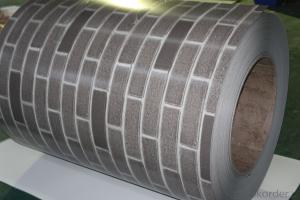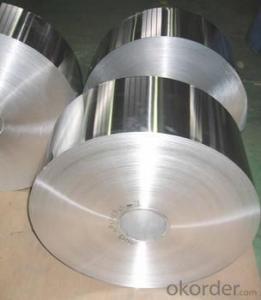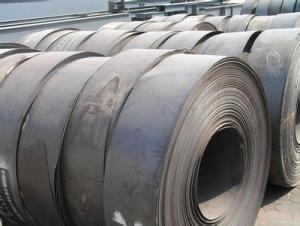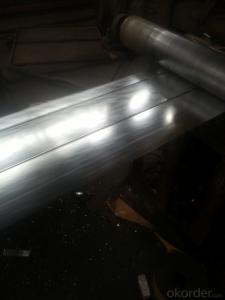Stone Pattern Printing Steel Plate-1.00mm*1250mm Z60g
- Loading Port:
- Tianjin
- Payment Terms:
- TT OR LC
- Min Order Qty:
- 50 m.t.
- Supply Capability:
- 5000 m.t./month
OKorder Service Pledge
OKorder Financial Service
You Might Also Like
Stone Pattern Printing Steel Plate-1.00mm*1250mm Z60g
1.Refrigerator shutter &side panels, Washer, Freezers, Air conditions,
2.Rice Cooker, Microwave Ovens, Water Heaters, Sterilization Cabinets, Range Hoods
3.Computer Panels , DVD/DVB panels, TV back panel etc.
Teaching Board: whiteboard, blackboard, green board(chalk board).
Indoor Decoration: Fireproof Door, kitchen cabinet, wall decoration.
Shipping Industries: Ship, Fecht, Marine.
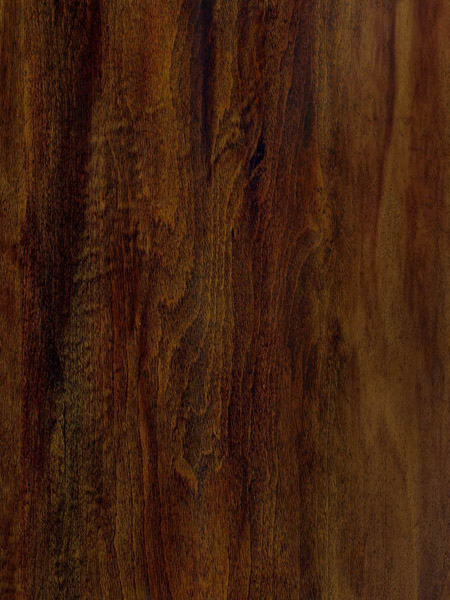


Teaching Board: whiteboard, blackboard, green board(chalk board).
Indoor Decoration: Fireproof Door, kitchen cabinet, wall decoration.
Shipping Industries: Ship, Fecht, Marine.

1.strong corrosion resistance
2.surface quality
3.conducive to deep processing,such as the embossed PPGI,printed PPGI&punching PPGI
4.economy and practicality
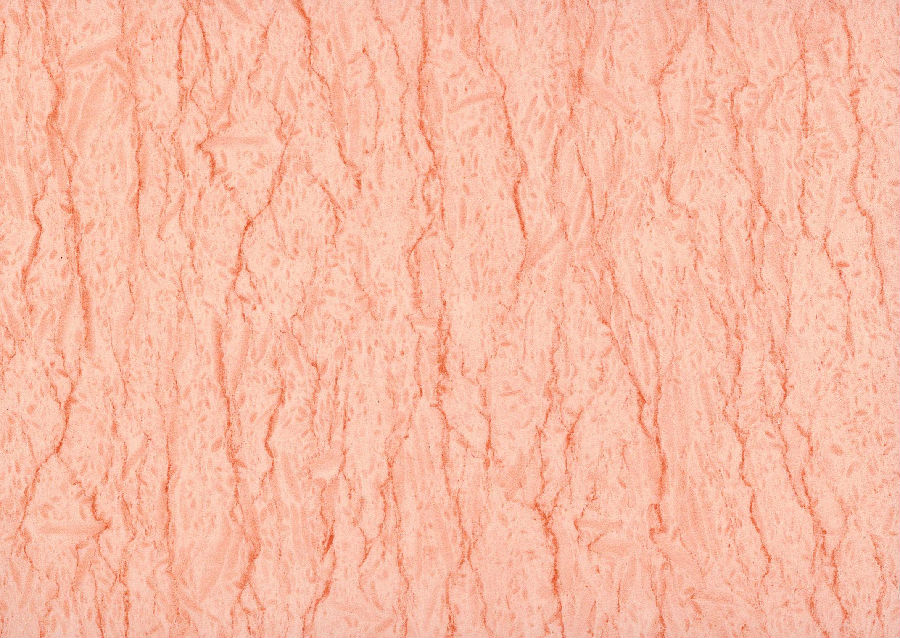
1.Thickness:0.16-2.0mm
2.Width:600-1500mm
3.Material: SGCC,SGCD,SECC,SECD,DX51D+Z
4.Zinc coating:40-275G/M2
5.Surface Structure: galvanized ,zero spangle, regular spangle or normal spangle
6.Surface treatment: chromated and oiled, chromated and non-oiled
7.Color:all RAL series
- Q:How do steel strips respond to different heat treatment processes?
- Different heat treatment processes yield different responses from steel strips. The properties of steel strips can be significantly altered by heat treatment processes such as annealing, quenching, tempering, and normalizing. Annealing is a process that involves heating the steel strips to a specific temperature and then cooling them slowly. This process relieves internal stresses, improves ductility, and refines the grain structure of the steel. Consequently, annealed steel strips become softer, more malleable, and less brittle. Quenching, on the other hand, rapidly cools the steel strips after heating them to a critical temperature. This creates a hardened microstructure, making the steel strips very hard and brittle. Applications requiring high hardness and wear resistance often utilize quenched steel strips, such as cutting tools. Tempering, which follows quenching, reheats the hardened steel strips to a specific temperature and then cools them at a controlled rate. This reduces the brittleness of the steel, making it tougher and more ductile. Tempering balances the hardness and toughness of the steel strips, making them suitable for applications like springs and gears. Normalizing, similar to annealing but with a faster cooling rate, refines the grain structure of the steel strips and improves their mechanical properties. Normalized steel strips exhibit enhanced strength and toughness, making them suitable for applications requiring high strength and impact resistance. In conclusion, the response of steel strips to different heat treatment processes is dependent on the specific process, temperature, and cooling rate employed. Each heat treatment process can modify the microstructure and properties of the steel strips, allowing for customization to suit various applications.
- Q:What are the different surface corrosion protection methods for steel strips?
- There are several surface corrosion protection methods available for steel strips. Some common techniques include hot-dip galvanizing, electroplating, paint coatings, and corrosion-resistant coatings. These methods help prevent the formation of rust and corrosion on the surface of steel strips, thereby extending their lifespan and maintaining their structural integrity.
- Q:How are steel strips protected during storage and shipment?
- Steel strips are typically protected during storage and shipment through a variety of measures. This includes applying a protective coating or oil to prevent corrosion, using rust-resistant packaging materials such as plastic or paper, and ensuring proper stacking and secure strapping to prevent damage or shifting during transit. Additionally, climate-controlled storage facilities may be utilized to maintain optimal conditions and prevent moisture-related issues.
- Q:How are steel strips used in the production of lighting fixtures?
- Lighting fixtures for various purposes commonly incorporate steel strips. The creation of the fixture's body or housing is one of the primary applications for steel strips in lighting fixture production. To establish the structure of the lighting fixture, steel strips are frequently shaped, bent, or molded into the desired form. This ensures durability, strength, and stability, enabling the fixture to withstand the weight of its components and external forces. Moreover, steel strips can also be employed in the production of brackets or mounting plates, which secure the lighting fixture to the ceiling or wall. These brackets are crucial for proper installation and positioning, guaranteeing the fixture remains securely fixed in place. In certain instances, steel strips can serve as decorative elements in lighting fixture design. They can be fashioned into intricate patterns, curves, or other designs, enhancing the fixture's aesthetic appeal. Furthermore, steel strips may be utilized to manufacture reflectors or diffusers that regulate the direction and intensity of the emitted light. These components are vital for achieving the desired lighting effect and can be customized to meet specific requirements. Overall, steel strips fulfill a vital role in lighting fixture production, providing structural support, decorative elements, and functional components. Ultimately, this contributes to the overall quality and functionality of the product.
- Q:How are steel strips used in the production of tubes?
- Steel strips are commonly used in the production of tubes due to their strength and versatility. The manufacturing process typically starts with a steel strip, which is slit into narrower strips to achieve the desired width and thickness for the tube. These strips are then fed into a tube mill, where they are shaped into a cylindrical form. The steel strips are first passed through a series of rollers that gradually bend and shape them into the desired tube shape. These rollers can have various configurations, depending on the specific requirements of the tube being produced. The strips are continuously welded along their length to form a seam, which is typically done using high-frequency induction welding or electric resistance welding. Once the welding is complete, the tube is further processed to ensure it meets the desired specifications. This may involve additional shaping, such as cold forming or sizing, to achieve the required dimensions and tolerances. The tube may also undergo heat treatment or other finishing processes to enhance its strength, durability, or surface qualities. Steel strips play a crucial role in the production of tubes as they provide the raw material necessary to create the cylindrical shape. Their high strength and formability allow for the creation of tubes with precise dimensions and consistent quality. Furthermore, steel is known for its excellent mechanical properties, making the resulting tubes suitable for a wide range of applications across various industries, including construction, automotive, and manufacturing.
- Q:Can steel strips be coated with a protective film?
- Yes, steel strips can be coated with a protective film. Coating steel strips with a protective film is a common practice in many industries to enhance their durability and resistance to corrosion, scratches, and other forms of damage. The protective film is typically applied using specialized coating methods such as electroplating, hot-dip galvanizing, or powder coating. These processes ensure that the film adheres securely to the steel surface, forming a barrier that shields it from environmental factors and prolongs its lifespan. The protective film can be transparent or colored, depending on the specific requirements of the application. Overall, coating steel strips with a protective film is an effective way to enhance their performance and protect them from various elements, ensuring their long-term usability.
- Q:How are steel strips used in the production of metal fences?
- Steel strips are used in the production of metal fences as they are cut and shaped to form the framework and structure of the fence. These strips provide strength, durability, and support to the overall fence design, ensuring a long-lasting and secure boundary.
- Q:Can steel strips be used in electrical conductors?
- Yes, steel strips can be used in electrical conductors. However, steel is not as good a conductor as materials like copper or aluminum, so it may not be the most efficient choice for electrical conductivity.
- Q:How do steel strips perform in terms of sound damping?
- Steel strips have poor sound damping properties due to their high rigidity and low internal damping.
- Q:Are steel strips suitable for the manufacturing of oil and gas pipelines?
- Yes, steel strips are suitable for the manufacturing of oil and gas pipelines. Steel is known for its high strength, durability, and resistance to corrosion, making it an ideal material for pipelines in the oil and gas industry. Additionally, steel strips can be easily formed into the required shape and size, allowing for efficient and cost-effective production of pipelines.
1. Manufacturer Overview |
|
|---|---|
| Location | |
| Year Established | |
| Annual Output Value | |
| Main Markets | |
| Company Certifications | |
2. Manufacturer Certificates |
|
|---|---|
| a) Certification Name | |
| Range | |
| Reference | |
| Validity Period | |
3. Manufacturer Capability |
|
|---|---|
| a)Trade Capacity | |
| Nearest Port | |
| Export Percentage | |
| No.of Employees in Trade Department | |
| Language Spoken: | |
| b)Factory Information | |
| Factory Size: | |
| No. of Production Lines | |
| Contract Manufacturing | |
| Product Price Range | |
Send your message to us
Stone Pattern Printing Steel Plate-1.00mm*1250mm Z60g
- Loading Port:
- Tianjin
- Payment Terms:
- TT OR LC
- Min Order Qty:
- 50 m.t.
- Supply Capability:
- 5000 m.t./month
OKorder Service Pledge
OKorder Financial Service
Similar products
New products
Hot products
Related keywords
